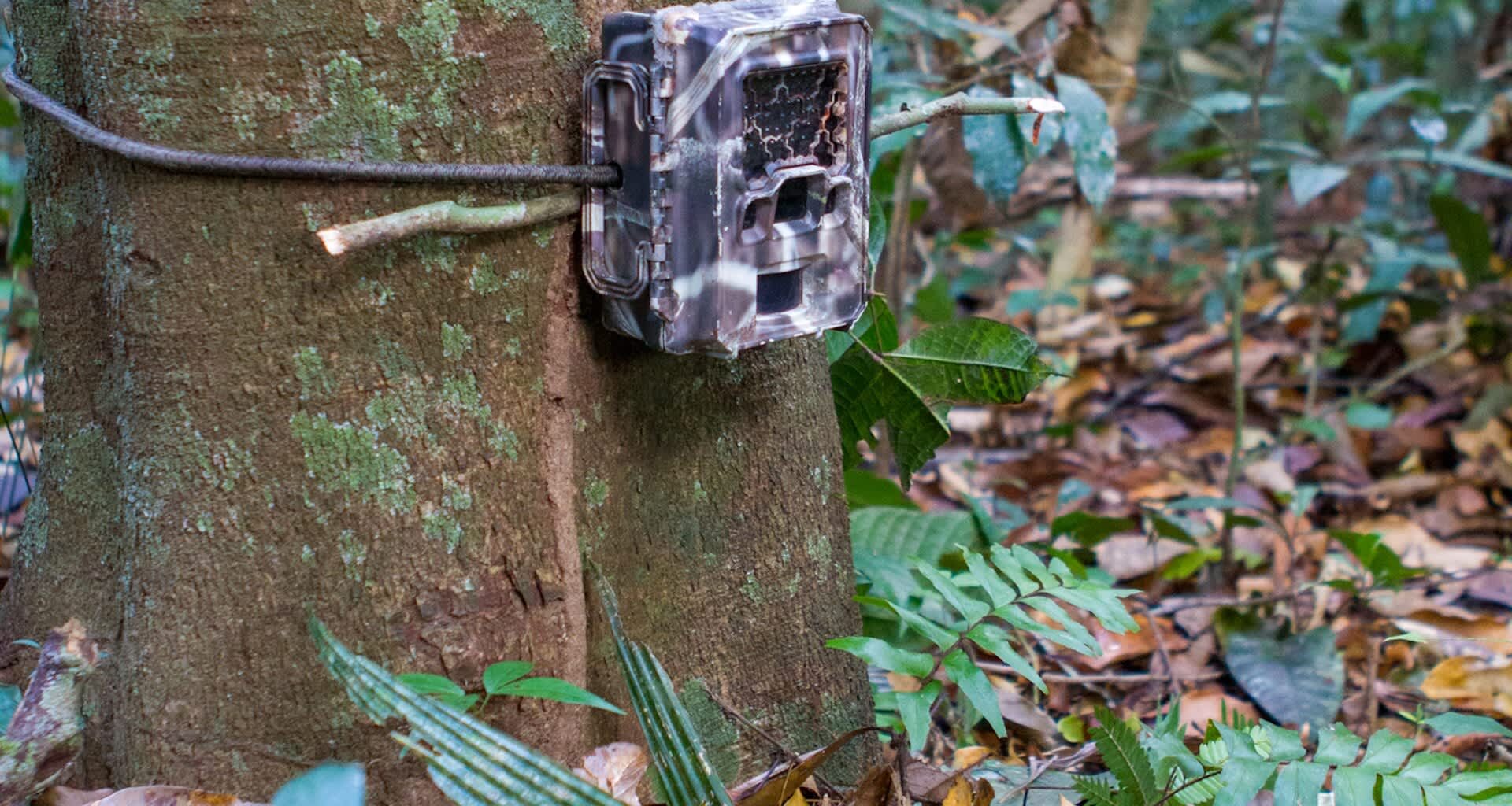When researchers set up trail cameras, they never quite know what they’ll pick up. One team in Peru caught a sight straight out of a Disney flick.
As the New York Times reported, a camera trap at the Cocha Cashu Biological Station in the Amazon was intended to monitor birds in the area.
It turns out that this tropical research facility was hiding a bizarre interspecies friendship between an opossum and an ocelot.
The research team initially thought the ocelot was stalking the opossum, only to see them again moments later. Strangely, the opossum was completely relaxed in the presence of a predator, and the ocelot didn’t show any compulsion to eat its companion.
“Like two old friends walking home from a bar,” said Isabel Damas-Moreira, a behavioral ecologist at Germany’s Bielefeld University.
Here, the plot thickens, for this curious behavior was no fluke; three more instances of opossum-ocelot accord were discovered in the archival footage, and a subsequent test using the scent of an ocelot found the opossums are pretty taken with their feline friend’s whiff.
Want to go solar but not sure who to trust? EnergySage has your back with free and transparent quotes from fully vetted providers that can help you save as much as $10k on installation.
To get started, just answer a few questions about your home — no phone number required. Within a day or two, EnergySage will email you the best local options for your needs, and their expert advisers can help you compare quotes and pick a winner.
The theory is that the opossum uses the ocelot’s scent for “chemical camouflage” to hide itself from large predators. They can also chow down on whatever carrion the ocelot leaves behind from the hunt. As for what the ocelot gains from the arrangement, it’s possible the opossum’s natural resistance to venom offers a defense against the pit viper.
Cooperation between species isn’t as odd as it sounds. For example, the U.S. Fish and Wildlife Service observed a coyote and a badger teaming up in the wild. Captive cheetahs also do well with canine friends.
The story isn’t just a charming tale; it perfectly illustrates the value that trail cameras can have in conservation research. Cameras have captured images of some of the planet’s most elusive species, providing valuable insights into the behaviors and needs of wildlife in a non-invasive manner. The more we know about a species, the more effective local efforts to protect it can be.
In this instance, it was a chance discovery that uncovers some interesting possibilities for future study.
As Dr. Ettore Camerlenghi told the New York Times: “You search for one thing and end up finding something else, which sometimes turns out to be even more interesting than what you were originally after.”
Join our free newsletter for good news and useful tips, and don’t miss this cool list of easy ways to help yourself while helping the planet.


